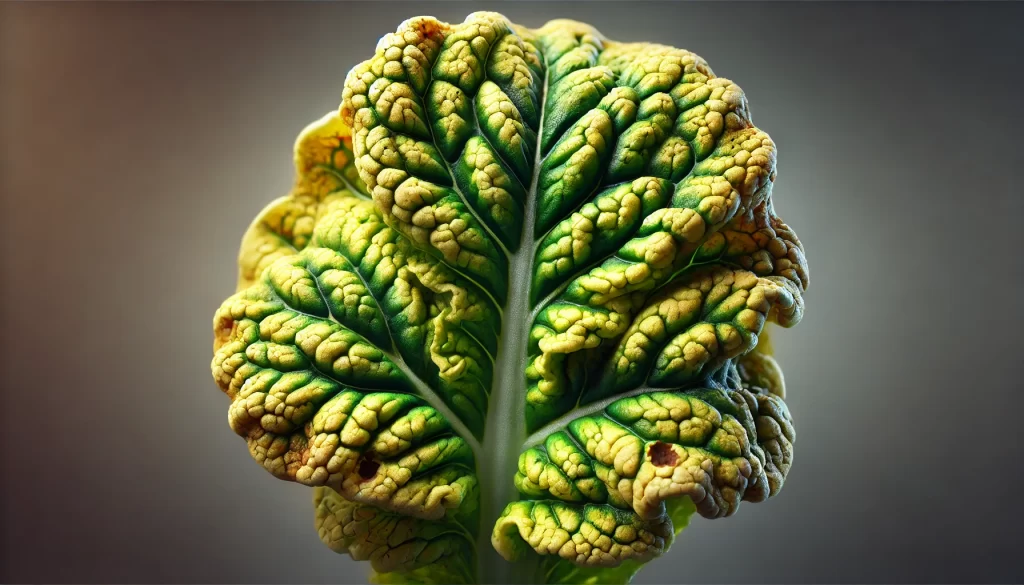Lettuce is a crop sensitive to nutritional deficiencies, which can affect its growth, quality, and yield. Identifying these deficiencies early and addressing them appropriately is essential to maintaining healthy plants and ensuring a high-quality harvest. In this technical article, we explain how to recognize symptoms of nutritional deficiencies in lettuce and implement strategies to correct them, combining plant nutrition tips and effective agricultural practices.

Importance of Diagnosing Nutritional Deficiencies
Diagnosing nutritional deficiencies in lettuce allows farmers to adjust their fertilization and crop management plans. Early diagnosis minimizes losses, reduces unnecessary input use, and improves the nutritional quality of the final product.
Symptoms of Nutritional Deficiencies in Lettuce
Different nutrients, when scarce, cause specific symptoms in lettuce. The following table presents essential nutrients, associated symptoms, and correction strategies:
| Nutrient | Common Symptoms | Possible Causes | Correction Strategies |
|---|---|---|---|
| Nitrogen (N) | Pale leaves, slow growth, reduced foliage | Low soil content or insufficient application | Apply nitrogen fertilizers, incorporate organic compost |
| Phosphorus (P) | Bluish leaf tones, weak roots | Phosphorus-poor soil, low pH | Add phosphates, adjust pH, use phosphorus-rich amendments |
| Potassium (K) | Necrotic leaf edges, stunted growth | Lack of potassium, nutritional imbalances | Apply potassium sulfate, balance fertilization |
| Calcium (Ca) | Tip burn on leaves, deformations | Low absorption, soil imbalances | Add agricultural gypsum, use dolomitic lime, improve irrigation |
| Magnesium (Mg) | Interveinal chlorosis on older leaves | Magnesium-poor soil, nutrient antagonism | Apply Epsom salts, adjust nutrient balance |
Steps to Identify Nutritional Deficiencies
1. Observation and Monitoring
- Visual inspection: Regularly examine leaves and stems for discoloration, spots, or other unusual signs.
- Growth patterns: Evaluate lettuce growth and compare it to normal development stages to detect delays or deformities.

2. Soil and Foliar Analysis
- Soil analysis: Conduct periodic analyses to determine nutrient availability and adjust fertilization plans.
- Foliar analysis: Identify deficiency symptoms and confirm through tissue analysis for precise evaluation.
Strategies to Correct Nutritional Deficiencies
Adjusting Fertilization
- Balanced fertilization: Design a fertilization plan that provides the nutrients identified as deficient. Adjust dosages based on soil and foliar analyses.
- Fertigation: Use fertigation systems for uniform and controlled nutrient distribution directly to the root zone.
Improving Soil Management
- Organic amendments: Incorporate organic matter to improve soil structure and its nutrient and water retention capacity.
- pH adjustment: Correct soil pH to meet lettuce needs (ideal between 6.0 and 6.5) to maximize nutrient availability.
Grow Lush Greens with Sereniseed!
Discover the Certified Organic Green Leaf Lettuce Seed Collection by Sereniseed. This 10-variety pack features Green Towers Romaine, Winter Density, Dark Lolla Rossa, Black Seeded Simpson, and more, perfect for fresh salads and healthy meals. 100% organic, non-GMO, and includes a handy growing guide.
Buy Now and Start Growing! AgronoBlog – Agriculture Blog
AgronoBlog – Agriculture Blog 


